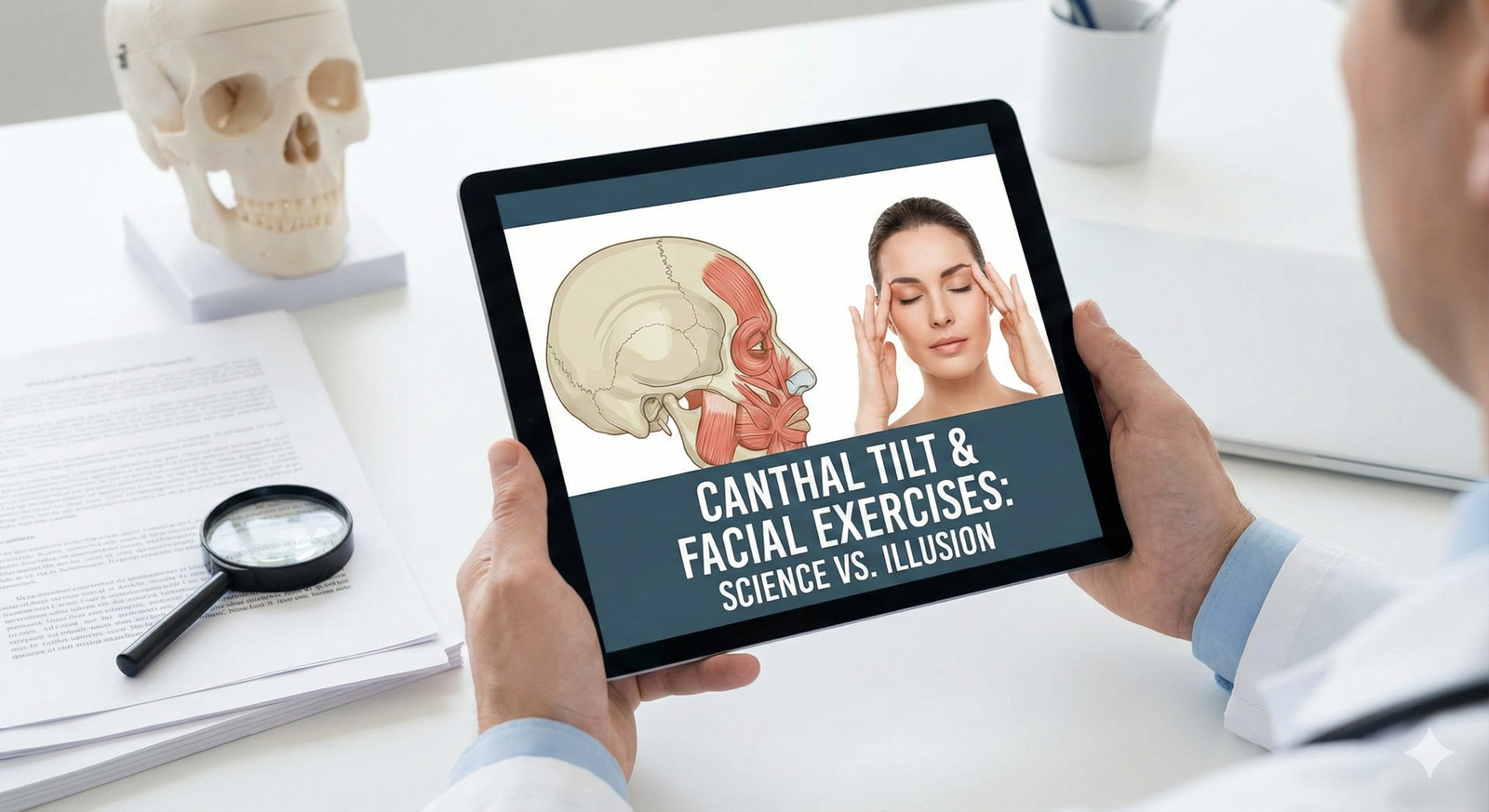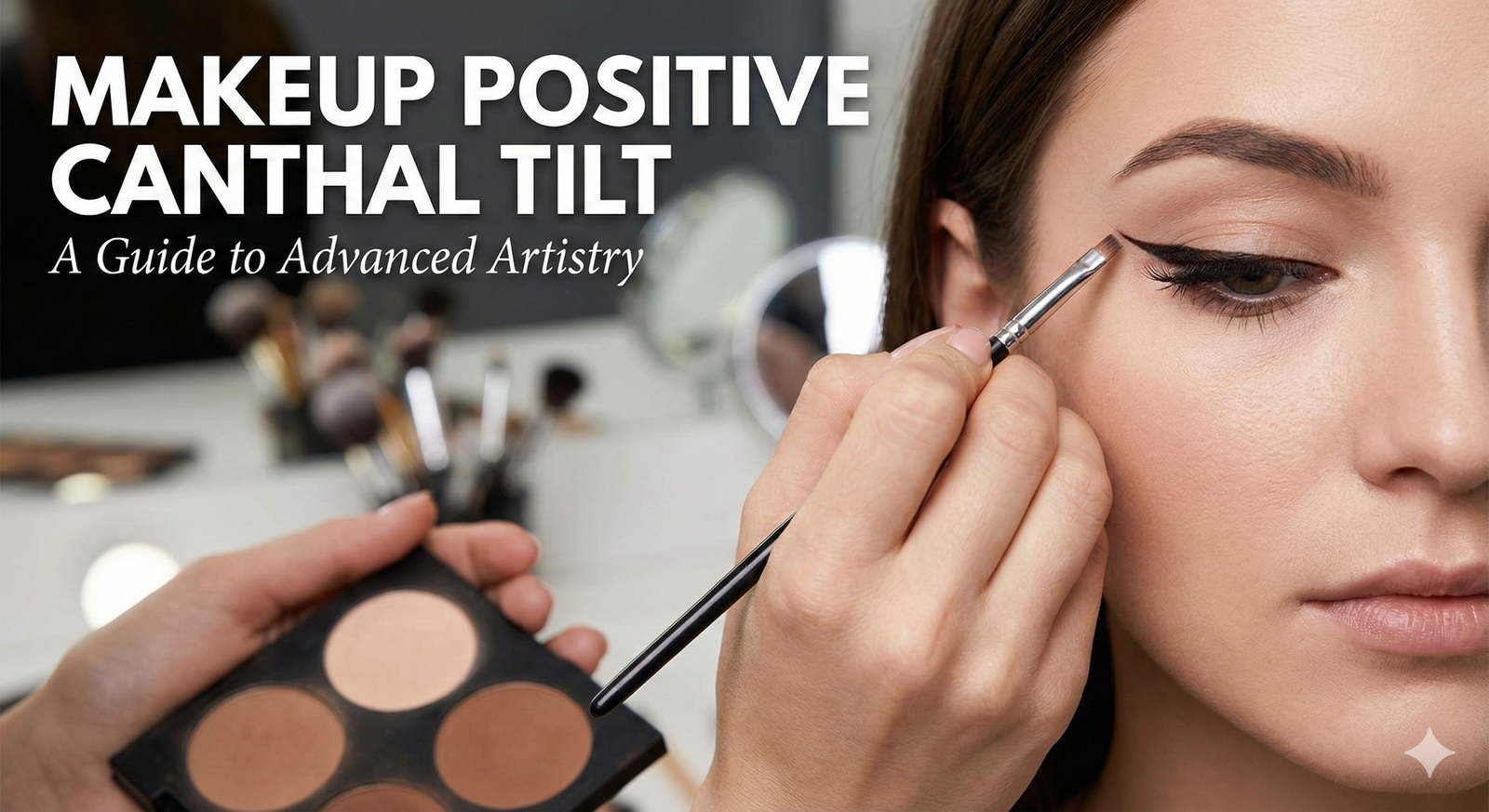When it comes to beauty and aesthetics, one of the factors that often plays a significant role is facial symmetry. The concept of facial symmetry suggests that the more balanced and symmetrical a face is, the more attractive it is perceived to be. In recent years, the study of facial symmetry has gained attention, leading to the development of various face symmetry models. In this article, we will explore the concept of face symmetry models and delve into their different types.
What is Face Symmetry?
Face symmetry refers to the proportion and balance of facial features on both sides of the face. A perfectly symmetrical face means that the left and right sides mirror each other, creating a harmonious and balanced appearance. While it is rare for individuals to have completely symmetrical faces, certain variations in facial symmetry can contribute to a person’s unique attractiveness.
The Importance of Face Symmetry
Facial symmetry is often associated with good health and genetic fitness. Research suggests that individuals with more symmetrical faces are perceived as healthier, more attractive, and are often considered to have better genetic qualities. This perception of attractiveness is not limited to cultural or societal biases; it is rooted in our evolutionary past.
The human brain is wired to recognize patterns and symmetry, and a symmetrical face is seen as a sign of developmental stability. Facial symmetry is believed to be an indicator of a person’s ability to withstand environmental stressors during growth and development, leading to the perception of better genetic fitness.
Types of Face Symmetry Models
Face symmetry models are developed to analyze and quantify facial symmetry. These models help researchers and professionals in various fields, such as plastic surgery, anthropology, and psychology, to understand and evaluate facial symmetry more objectively. Here are some of the commonly used face symmetry models:
1. Facial Landmark Analysis
Facial landmark analysis involves identifying specific points on the face, such as the corners of the eyes, the tip of the nose, and the edges of the lips. By measuring the distances and angles between these landmarks, researchers can assess facial symmetry. This model is often used in studies related to facial attractiveness and facial recognition.
2. Facial Symmetry Index
The facial symmetry index (FSI) is a numerical measurement used to quantify facial symmetry. It involves dividing the face into multiple regions and calculating the differences in size, shape, or position between the left and right sides. The FSI provides a standardized way to assess facial symmetry and compare it across different individuals.
3. Three-Dimensional Imaging
Advancements in technology have allowed for the development of three-dimensional imaging techniques to analyze facial symmetry. These techniques capture a detailed representation of the face and enable precise measurements of facial features. Three-dimensional imaging provides a comprehensive view of facial symmetry, allowing for more accurate assessments.
4. Facial Symmetry Ratios
Facial symmetry ratios involve comparing the measurements of specific facial features to determine their symmetry. For example, the ratio of the width of the mouth to the width of the nose can be used as an indicator of facial symmetry. Different ratios can be analyzed to assess different aspects of facial symmetry.
Conclusion
Facial symmetry models have provided valuable insights into the perception of beauty and attractiveness. Understanding the different types of face symmetry models can help professionals in various fields make informed decisions and recommendations related to facial aesthetics. While facial symmetry is not the sole determinant of attractiveness, it plays a significant role in our perception of beauty.
It is important to note that beauty is subjective, and individual preferences may vary. Embracing and appreciating the uniqueness of each face is equally important as understanding the concept of facial symmetry. Ultimately, beauty lies in the eye of the beholder, and a symmetrical face is just one aspect of the diverse range of human beauty.




